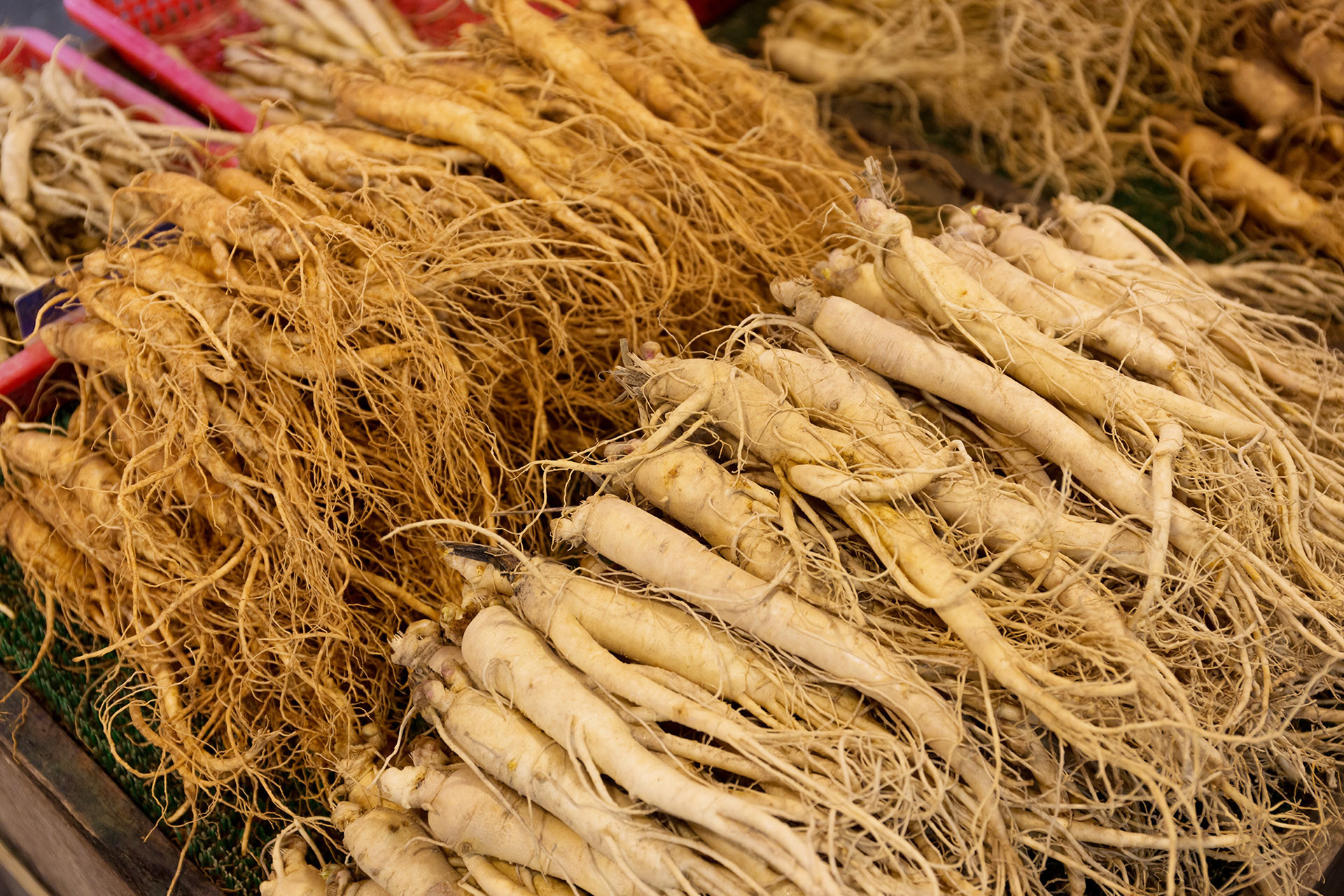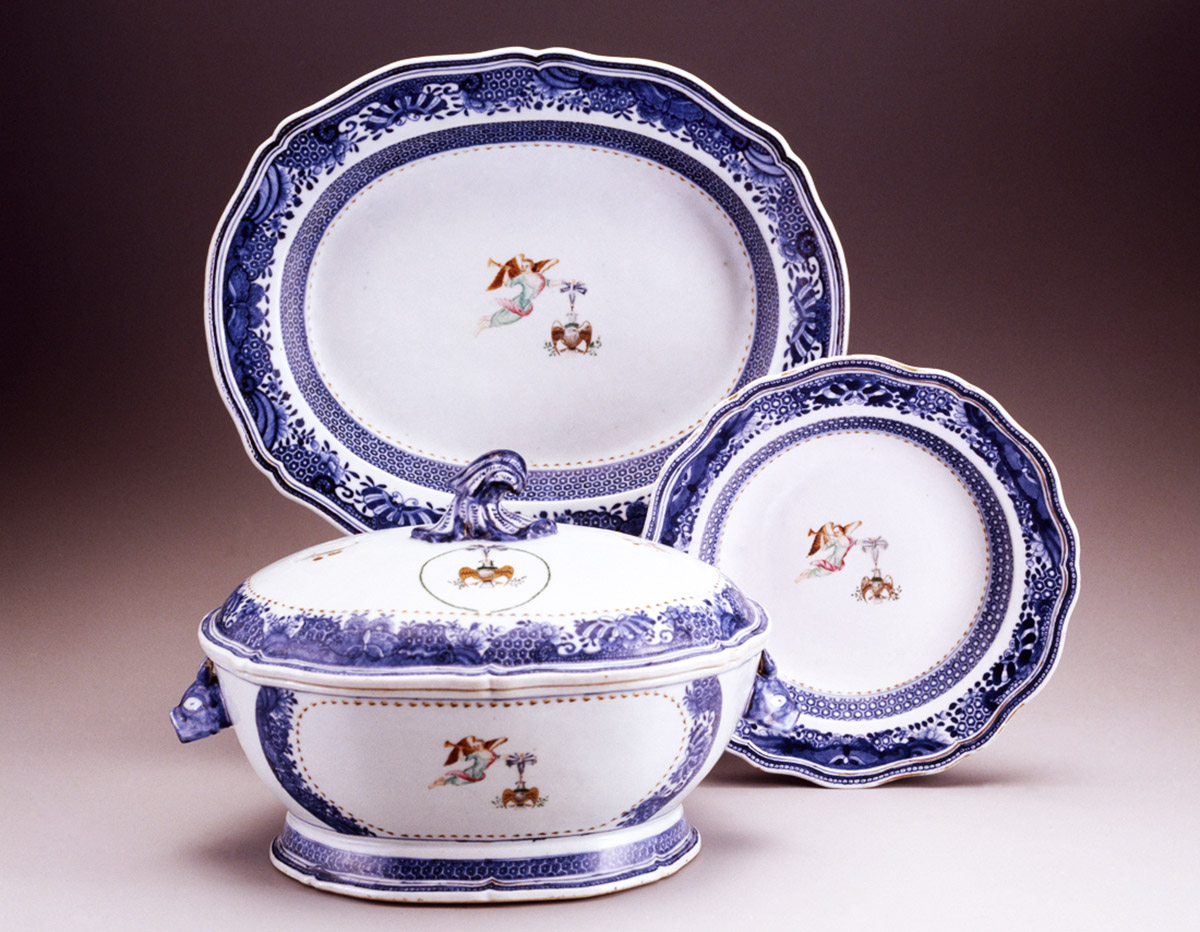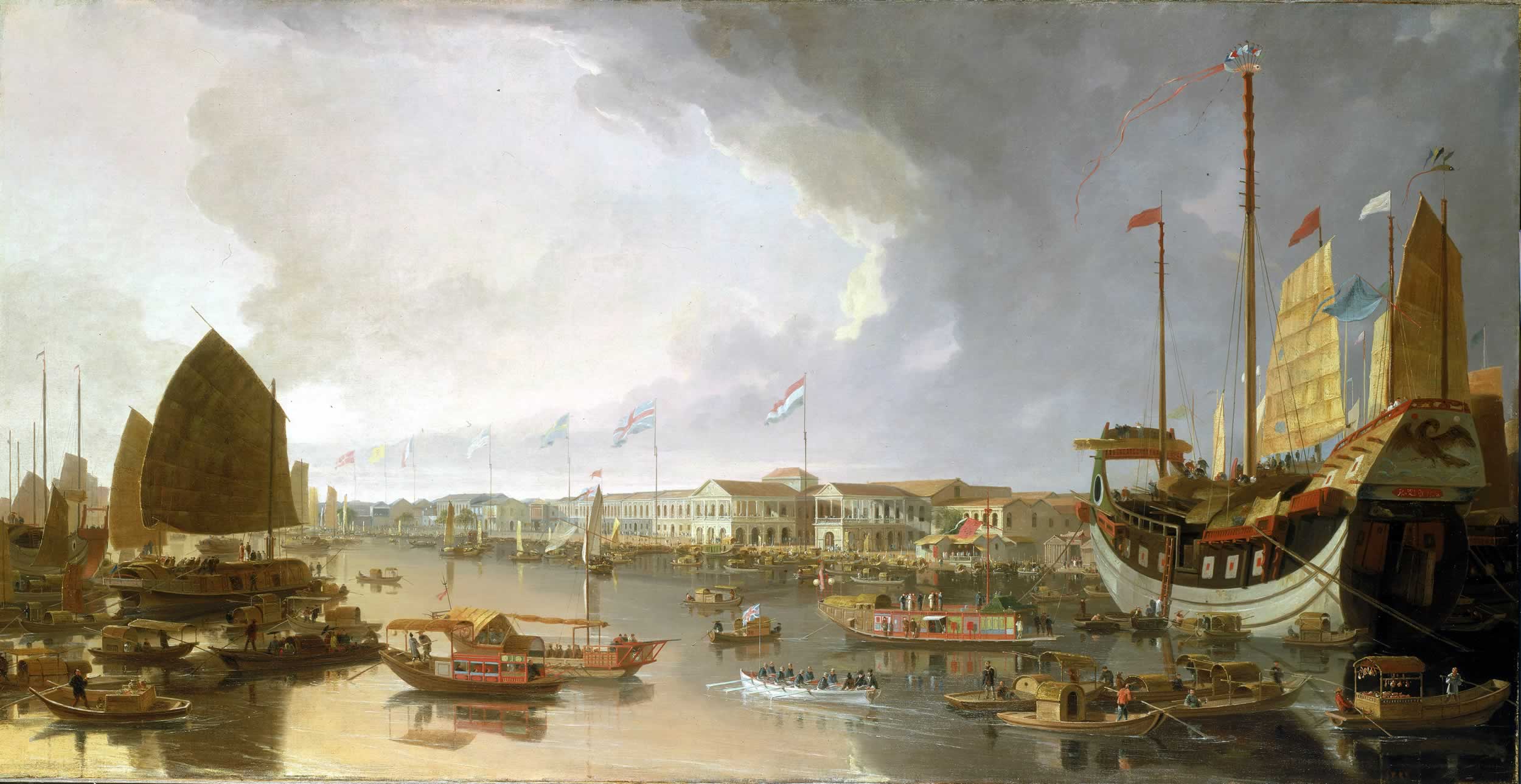Following the American War for Independence, the United States had few profitable options for international commerce. Most European nations at the time had raised forbidding trade barriers and the British had cut off access of American ships from trading in the West Indies. America was struggling with extreme debt and financial hardship from the war and establishing itself as a world power.
In 1783, soon after the Peace Treaty with Britain was signed, The Empress of China, which had been a privateer clipper during the war, was refitted to become a trading ship. Its first journey masting the new flag of the United States would to be China.
Though many Americans considered drinking tea “un-patriotic” after the Boston Tea Party of 1773, many more still craved it. The crew of The Empress of China hoped to induct the U.S. into international trade – and make their fortune – by opening the supply line with China.
John Green, an Irishman from Philadelphia, was the Empress’ captain. Along with his business partner, Samuel Shaw, they scanned the U.S. east coast for items they knew the Chinese would be eager to purchase or trade.
At the time, ginseng root, known for its stimulant, therapeutic, and aphrodisiac properties was extremely popular in China. For three months, Green and Shaw gathered as much as they could from the hills of Appalachia, New England, and parts of southern Canada.

The Empress of China carried roughly 30 tons of American ginseng on its first trading voyage to China.
By the time The Empress of China was ready to depart New York Harbor, its cargo included trapped furs, chests of Spanish silver, raw cotton, and 246 barrels (30 tons) of North American ginseng.
It’s departure from New York Harbor was treated as a moment of national pride. John Haddad, author of America’s Adventures in China, told the WFDD radio station:
“It amounted to an economic Declaration of Independence — a commercial counterpart to the purely political Declaration of 1776.”
On February 24, 1784, The Empress of China was sent off from New York Harbor with great fanfare and a 13-gun salute – one shot representing each state in the newly formed union.
The moment regarded enough that in 1790 poet Phillip Frenau wrote a long verse for The Empress of China’s journey. Excerpt:
With clearance from Bellona won
She spreads her wings to meet the Sun,
Those golden regions to explore
Where George forbade to sail before.To countries placed in burning climes
And islands of remotest times
She now her eager course explores.
And soon shall greet Chinesian shores.From thence their fragrant teas to bring
Without the leave of Britain’s king;
And Porcelain ware, enchased in gold.
The product of that finer mould.
The United States meets China
On August 23, 1894, The Empress of China finished the last leg of its journey up the Pearl River (Zhujiang) and arrived in the Chinese trading center of Canton (modern Guangzhou). Their arrival was just in time for the annual tea harvest in the region.
Foreign business in China was restricted to the Canton, which had trading compounds for all its major trading partners. This area was known as the “Thirteen Factories.”
Since the U.S. had not yet established trade relations with China, the French allowed Captain Green and his crew to make use of their port and warehouses for this first visit.

The Canton “Thirteen Factories” area where most foreign trade in China was conducted in the 18th and early 19th century. (ARTIST: Unknown)
According to Eric Jay Dolin, author of When America First Met China, Chinese merchants were curious about these new “foreign devils” who spoke like the “red-haired devils” (Englishmen) but were from a country they’d never heard of.
“Relations between individual American merchants and their Chinese merchant counterparts were often quite warm and friendly, or at least civil,” Dolin said in an interview with WFDD. “This contrasted with the relationship between the Chinese and the English merchants, which was often very tempestuous, distrustful and hostile.”
The Chinese also referred to the Americans as the “Flowery-Flag Devils” because stars on the new U.S. flag looked more like white flowers to the Chinese.
It was in Canton that Captain Green and Samuel Shaw showed the Chinese maps of the United States and explained the opportunities emerging with the new nation.
In Shaw’s journals, he wrote the Chinese were “not a little pleased at the prospect of so considerable a market for the productions of their own empire.”
One important Chinese merchant Green and Shaw encountered was Houqua, who had made an enormous fortune with the British in the Tea trade and would later become one of the richest men in the world.
“Houqua would invite the Americans to sumptuous multicourse banquets at his estate — parties that became legendary in trading circles,” said Haddad. “Franklin Roosevelt’s ancestors [the Delano family] traded with Houqua, and I have heard that the descendants from the two families kept in touch well into the 20th century.”
This positive first encounter and trading connection with Houqua was said to have helped foster the first generation of American millionaires, including Robert Forbes, John Jacob Astor, Thomas Handasyd Perkins and Stephen Girard – who all made great fortunes with Chinese trade in the 19th century.
Many fair returns…
Shortly before the Empress’s arrival in Canton, the Chinese market for ginseng had been flooded by other foreign importers. As a result, Green and Shaw did not make as much profit from their main cargo as anticipated.
However, according to The New England Historical Society, when they returned to New York Harbor on May 11, 1785, the Empress brought with her 800 chests of tea, silks, 20,000 pairs of nankeen trousers and roughly 64 tons of porcelain.
All of these items became a big sensation in stores up and down the east coast of the U.S. and traders quickly realized prospective fortunes would be made selling goods imported from Chinese, rather than exports leaving America.
The demand for porcelain in the U.S. grew so quickly that, within a decade, dedicated businesses and factories were established in China just to cater to the American market.
Among the porcelain imports brought by the Empress in 1785 was a 302-piece China service that was later gifted to the first U.S. President George Washington and graced the presidential mansions in New York, Philadelphia and Mount Vernon.

Dinnerware service from China that was later gifted to first U.S. President George Washington. The set was adorned with an emblem of the Society of the Cincinnati. (Jingdezhen, China; about 1784 / Courtesy Mount Vernon History Museum)
Shaw gave a report of the Empress’ trade voyage to U.S. Foreign Minister John Jay, who said members of the Congress felt “a peculiar satisfaction in the successful issue of this first effort of the citizens of America to establish a direct trade with China, which does so much honor to its undertakers and conductors.”
Though the initial profits were humble, the first trade voyage of the Empress of China – and the friendly connections it established – helped to usher in a period of great profit and appreciation between the cultures of the United States and China.
In 1986, after two centuries of relations, including periods of both discord and prosperity in between, China commemorated that inaugural trade voyage with a special 5-yuan piece depicting both The Empress of China and the faraway land it would soon be acquainted.
 CGTN America
CGTN America






